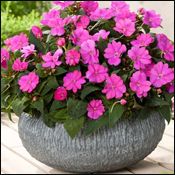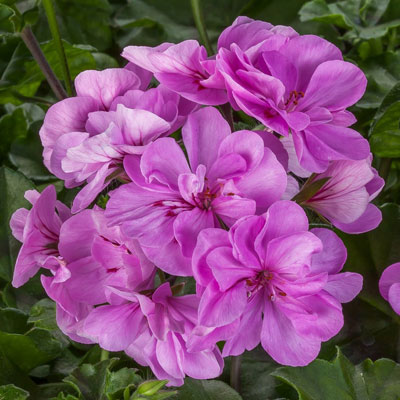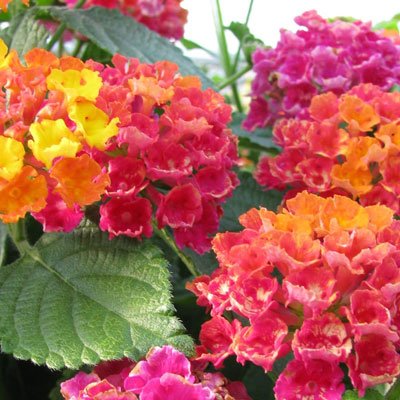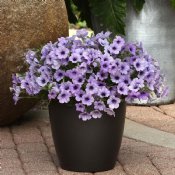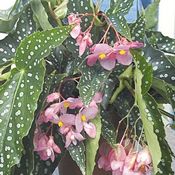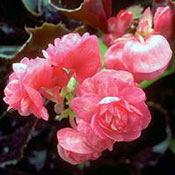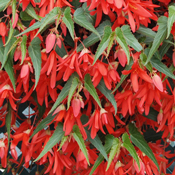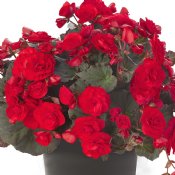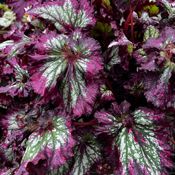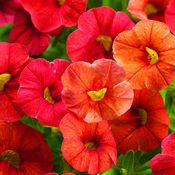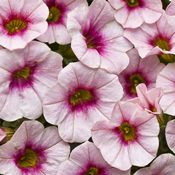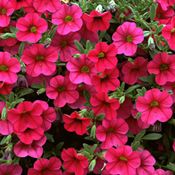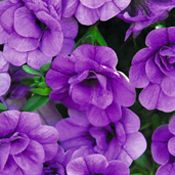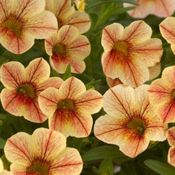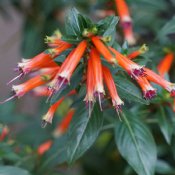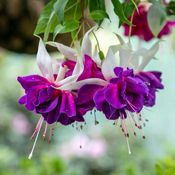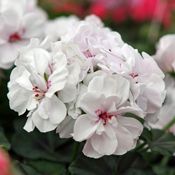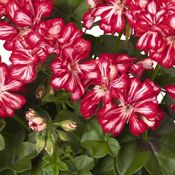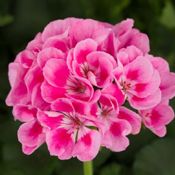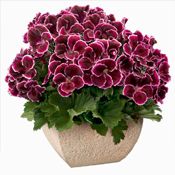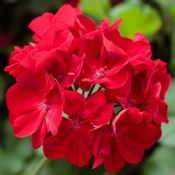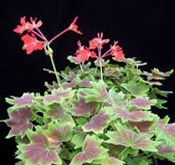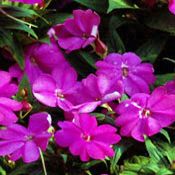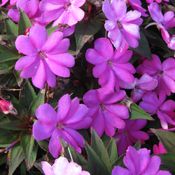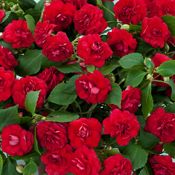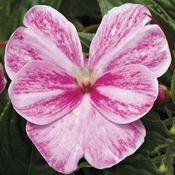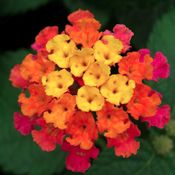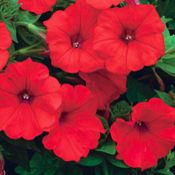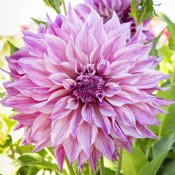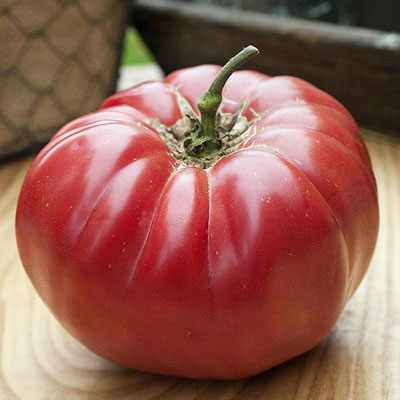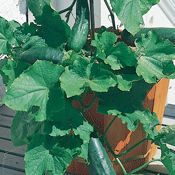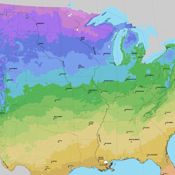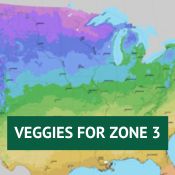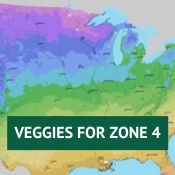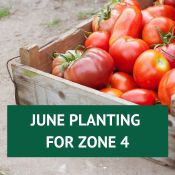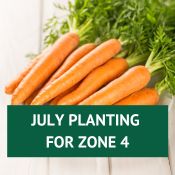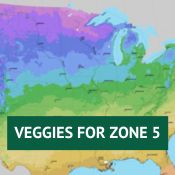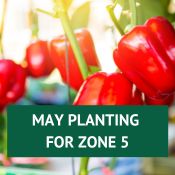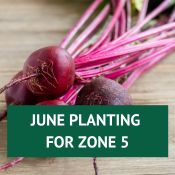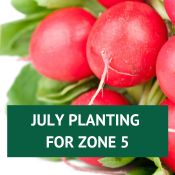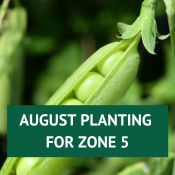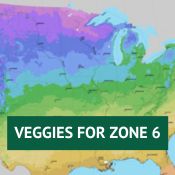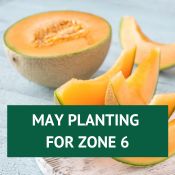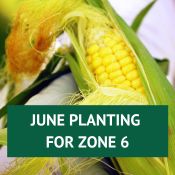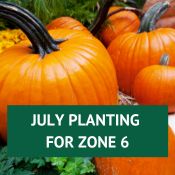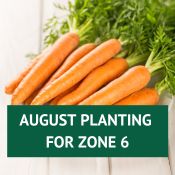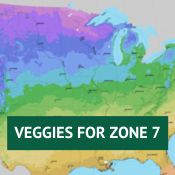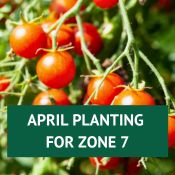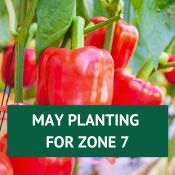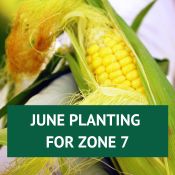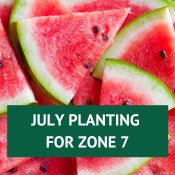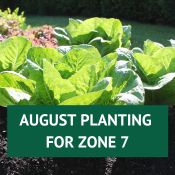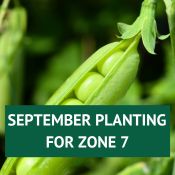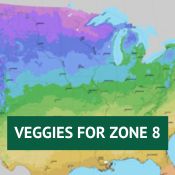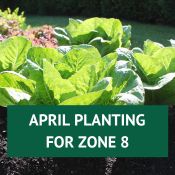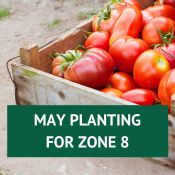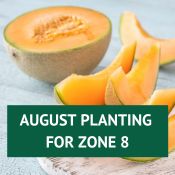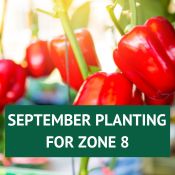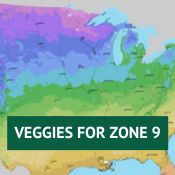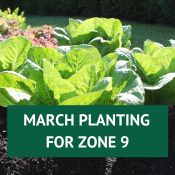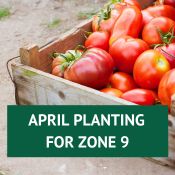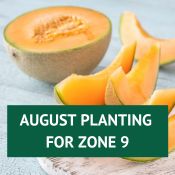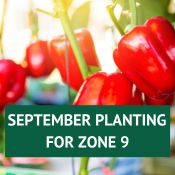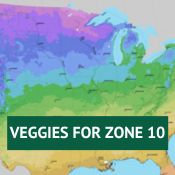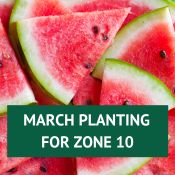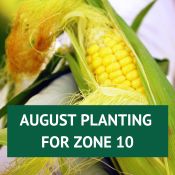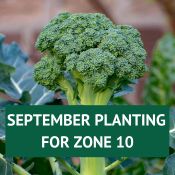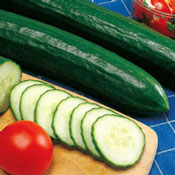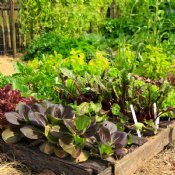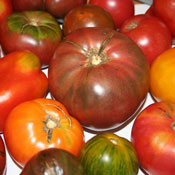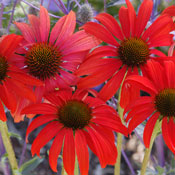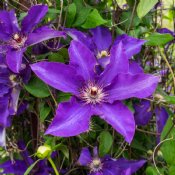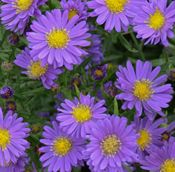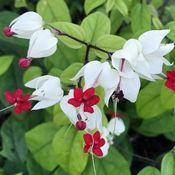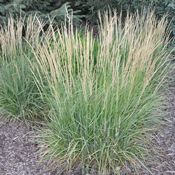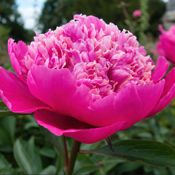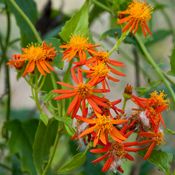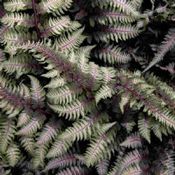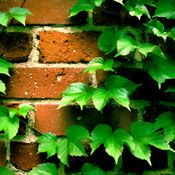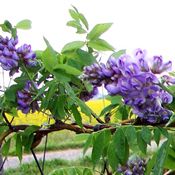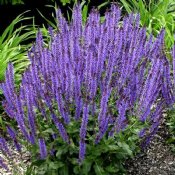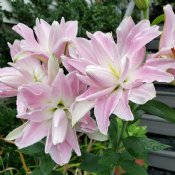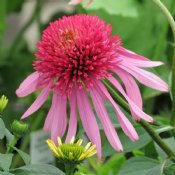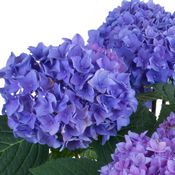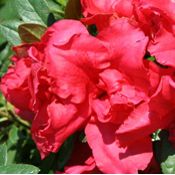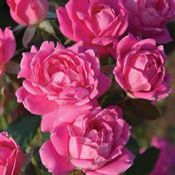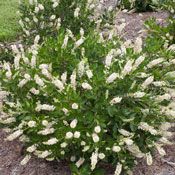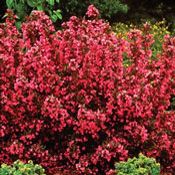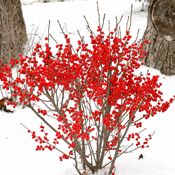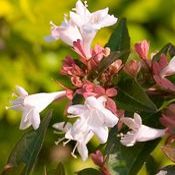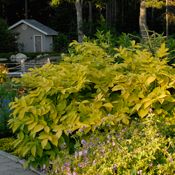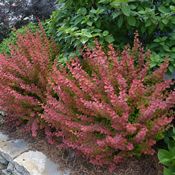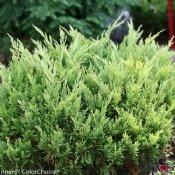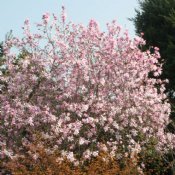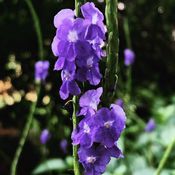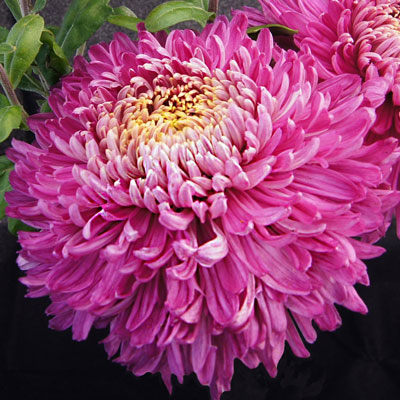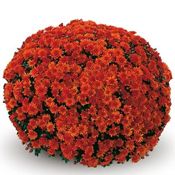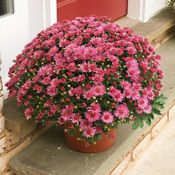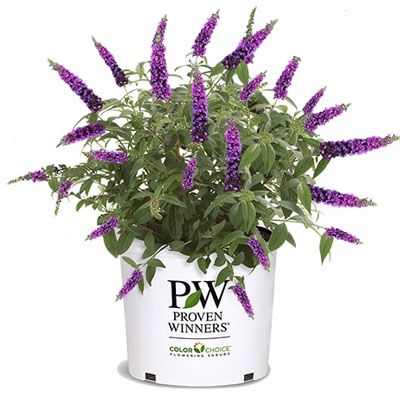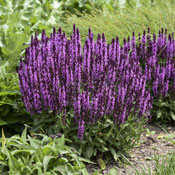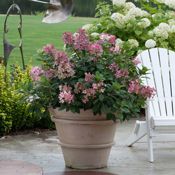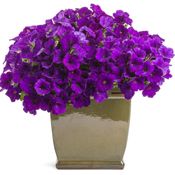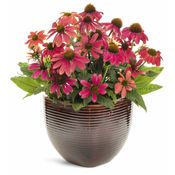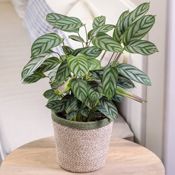Are you ready to take the leap into growing your own fresh produce? You're in the right place! This guide will cover the basics of what you need to get started in the wonderful world of vegetable gardening.
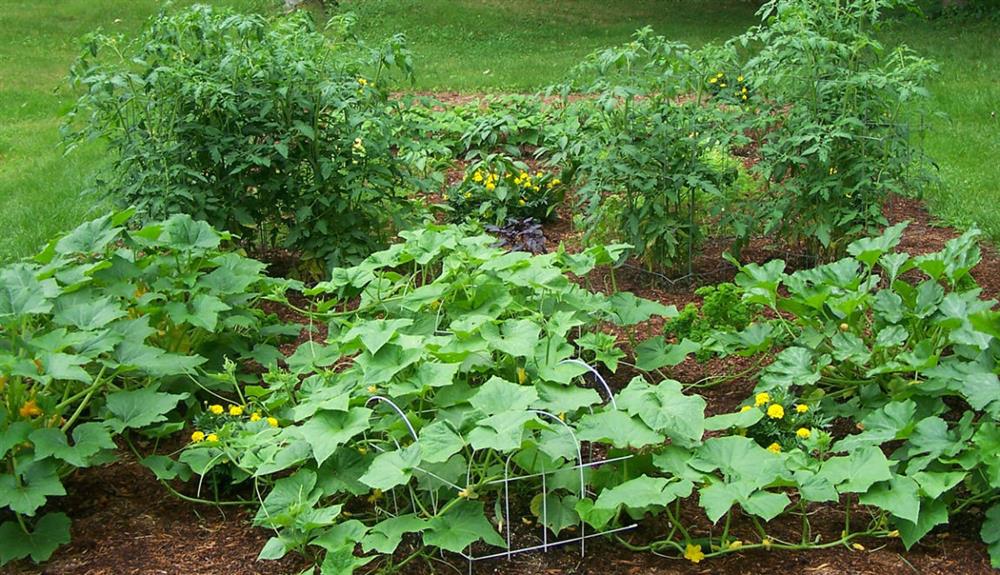
First Things First
Our very best advice for first time vegetable gardeners is this: start small and be consistent. Remember to start small and commit to spending at least 15 minutes in your garden every other day. Doing these two simply things will help you connect to the growing process and produce a bountiful harvest.
The 4 Key Elements to any Garden
Sunshine

The first thing to consider when planning your garden is the amount of sunshine it will receive. Vegetable plants require sunlight to grow, and the amount they need varies depending on the variety. The best strategy is to choose a spot that receives at least 8 hours of direct sunlight. But bear in mind that some vegetables can get by with as little as 4 hours. If you're unsure of how many hours of sunlight a spot gets, you can use the easy-to-use sunlight calculator to measure it.
Water

While Mother Nature is the best source of water, the weather may not always supply what your plants need. A supplemental watering source is necessary on those days. If you have a small garden, you can use a watering can. If your garden is larger, you'll need access to a water spigot and garden hose. Keep the soil moist for at least the first two weeks after transplanting and water in the morning. If the weather is hot or windy an evening watering may be necessary. As the plant matures, a morning watering should be sufficient.
Soil

The type of soil your plants grow in will affect how well they grow. You can grow directly in the ground, in a raised bed, or in a container. If growing in the ground, choose a spot that drains well and doesn't hold water. If it's mostly soil when you dig down 10 inches, the spot should work well. If the spot is mostly rocks, choose another location. If you don't want to do the work of finding the perfect garden space, go with a raised bed. If building over existing soil, add 4 inches of topsoil. If building over a hard surface, add 12 inches. To keep weeds from coming up, add a layer of cardboard before adding the topsoil. If growing in containers, choose larger containers and add potting soil for vegetables. Container gardening will require more water and twice as much fertilizer.
Fertilizer

Fertilizer is important to make sure your plants grow successfully. There are nutrients in the soil, but adding fertilizer means a bigger and better harvest! Choose a fertilizer supplement with NPK values of nitrogen, phosphorous, and potassium. Nitrogen helps the leaves grow, phosphorous helps the roots and fruit development, and potassium helps the overall performance of the plant. A simple choice is a 10-10-10 fertilizer.
There's nothing like the taste of freshly picked veggies. We promise that once you start growing your own food, you'll develop a passion for growing, eating, and sharing your vegetables. So keep the basic elements of sunshine, water, soil, and fertilizer covered, and you'll be on your way to a successful harvest.

